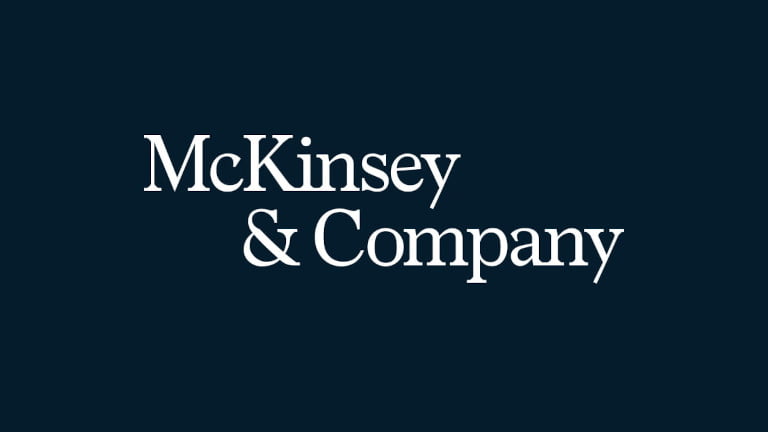Full-potential procurement: Lessons amid inflation and volatility
Procurement organizations are uniquely positioned to catalyze cross-functional actions that promote efficiency and resilience in rapidly evolving market conditions.
Procurement leaders are facing one of the toughest market environments of their careers. A combination of macroeconomic factors—including COVID-19 shocks, trade policy shifts, workforce scarcity, energy transition, and even extreme weather events—have upended long-running trends that have benefited the global economy for several decades. The Russian invasion of Ukraine has caused the greatest humanitarian crisis in Europe since the Second World War and further disrupted long-standing economic relationships.
In the years before the pandemic, rising productivity and declining costs for many inputs—achieved through lean and just-in-time strategies and the globalization of supply chains, among other factors—had allowed many procurement organizations to operate successfully. But now the inflationary surge and frequent scarcity of critical supplies have made shortcomings of the traditional operating model increasingly visible and costly (see sidebar “A snapshot of procurement and macroeconomic sentiment”). These shortcomings include a lack of reliable long-term planning, growing concentration of supply, limited insight into supplier economics, lack of collaboration across functional teams, and a failure to adopt and scale proven technologies that could reduce transactional loads. And the war in Ukraine has brought to the fore a host of noneconomic factors that must now also be considered in sourcing decisions.
To operate in this new context, procurement organizations are facing fundamental changes to management practices, capabilities, and supplier ecosystems based on now-outdated assumptions. We are no longer in a world where assuming “an annual RFP will yield 3 percent price savings” is a viable operating model. After a year of continual and intensive action to adapt, many procurement organizations have deepened their understanding of their supply chains and deployed new levers. But more can be done.
Procurement organizations have a unique opportunity to set more ambitious goals, define a broader role for their teams, attract new talent, build new capabilities, and deploy new systems. Chief procurement officers (CPOs) can assess the organization’s readiness to step up with a few incisive questions:
- Have we quantified the potential impact of inflation, volatility, and supply chain disruptions at the commodity and supplier level?
- Do we deeply understand our suppliers’ industries and their dynamics? How are we sharing our insights with other functions to help protect revenues and margins?
- Do we have a road map to protect margins and mitigate supply risk via pricing, technical, demand, inventory, process, design, financial, and commercial levers?
- Do we have a proven playbook to recover and then control costs as inflationary pressures subside, volatility trends change, and supply chains are redesigned?
- How are we embedding the learnings and improvements from this challenging period into our go-forward operating model? How can we incorporate noneconomic factors in our decision making?






